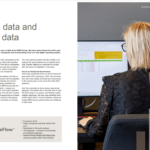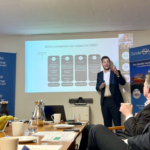Circular economy: A route towards a better environment
The world population is growing and this is affecting the environment. Therefore, we need to switch from a linear to a circular economy. That is why several governments around the world, the Danish one among others, have developed a strategy for a circular economy. The aim is to ensure healthy and safe working conditions and cause less harm to the environment which a linear economy does.
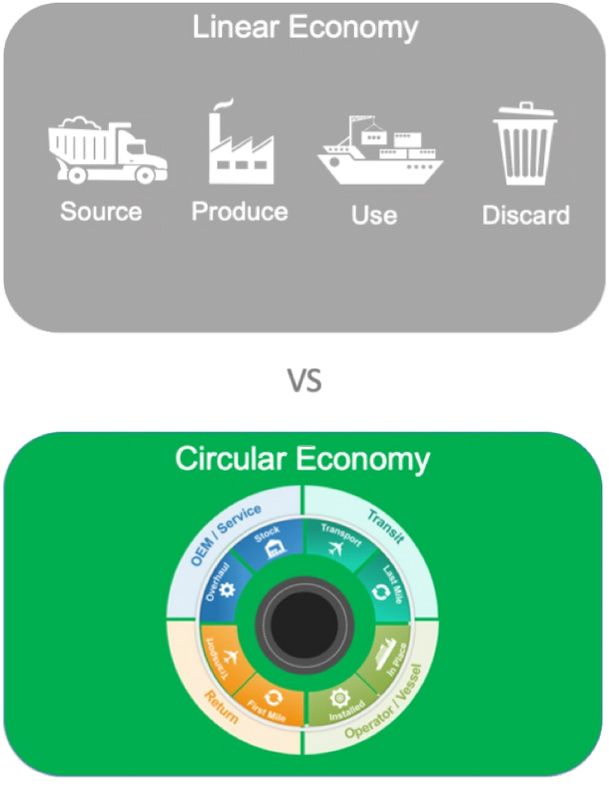
Source: re-flow.io
The linear economy has been the standard for many years and basically means that raw materials are used to make a product, and after its use, any waste (e.g. packaging and the used product) is thrown away.
In an economy based on recycling, materials are reused. For example, waste glass is used to make new glass products like bottles and waste paper is used to make new paper. To ensure that in the future there are enough raw materials for food, shelter, heating, and other necessities, our economy must become circular. That means preventing waste by making products and materials more efficiently and reusing them. If new raw materials are needed, they must be obtained sustainably so that the natural and human environment is not damaged.
The process is almost the same in the maritime industry. Here, parts from the ship are continuously refurbished or maintained by a service provider until the end of its life span.
When that happens the part is sent back to the parts manufacturer where it will be recycled and the material will be used to create a new part.
butes a lot to the CO2 production.
8 million of the 260 million tons of plastic waste ends up in the sea, killing wildlife and disrupting ecosystems. 2% of this found in the US and Europe, 82% in Asia, and 16% in the rest of the world according to a 2019 report by McKinsey. According to the International Maritime Organization (IMO), in 2050 the number of plastics in the oceans will outweigh fish. So, the problem is very real and we need to act now before the plastic waste in the oceans reaches levels so high that it will become almost impossible to solve the problem within a foreseeable future.
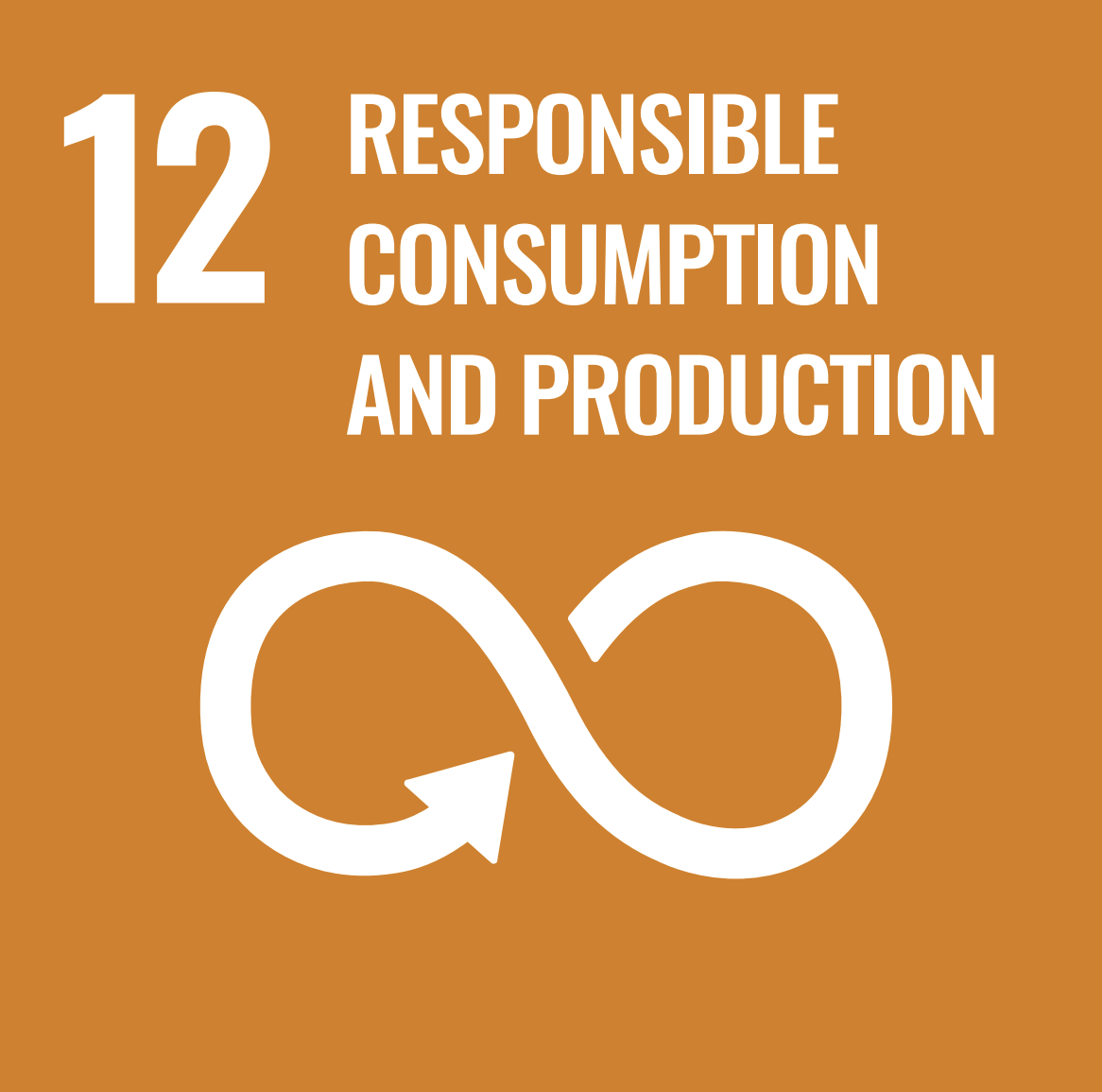
A circular economy in the automotive industry
Design for environment and Life Cycle Overall Documentation
Under the guideline ‘Design for Environment’ (DfE), vehicles are designed during the early development stage in such a way that they are as resource-friendly and eco-friendly as possible in terms of CO2 consumption, pollutants, and waste materials. Corrections and adjustments at later stages are very expensive, so the cross-functional DfE team works together on the areas of eco-balancing, disassembly, recycling, material and process technology, design and production.
In its Life Cycle Overall Documentation, Daimler follows four steps:
- Assessment scope: Here the objective and scope of an LCA (Life Cycle Assessment) are set for the entire life cycle.
- Life cycle inventory (LCI) and material usage: In the differentiated LCA, material and energy flow during all stages of the life cycle are analyzed based on questions such as how many kilograms of raw material flow in? How much energy is consumed? Which waste and emissions are generated? To optimize the material flows and return them to the circuit again, the individual components are mostly made of pure substances and are therefore recyclable.
- Impact assessment: This assesses the potential effects the product has on the environment such as global warming potential, summer smog potential, acidification potential, and other effects.
- Evaluation: Conclusions are drawn and recommendations are made for the optimization and production of subsequent models.
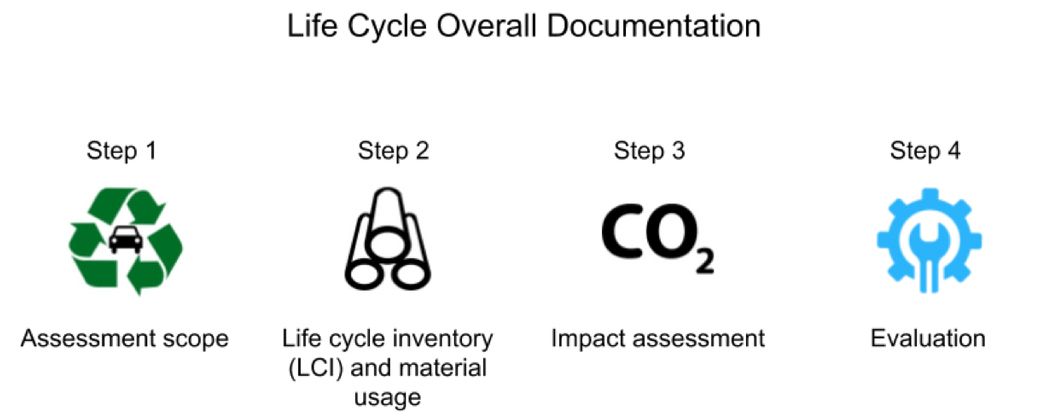
UN SDG number 12
Their results
The results of the LCA are used as the basis for creating the product design and a recycling concept. For the Mercedes-Benz E-Class, which is one of Daimler’s car models, the recycling concept was developed parallel to the development of the vehicle by analyzing the individual components or materials for each stage of the process. The recycling or recycling rate of the entire vehicle is therefore 85 per cent for material recyclability and 95 per cent for recyclability. These high recycling rates can also be applied to the maritime industry and thereby potentially create the same results.
So…
To sum it up, it is evident that we need to switch from a linear to a circular economy if we want to stop polluting the environment and create a sustainable world. If we continue with a linear economy we will have used up all of the world’s natural resources within a foreseeable future and at the same time destroyed the environment. The maritime industry will also benefit a lot from implementing a circular economy because it will minimize waste and thereby decrease pollution to a minimum and also save shipping companies a lot of money. A lot of methods and best practices within a circular economy have already been implemented with great success in other industries. One of these industries is the automotive one, and especially Daimler has been able to recycle 85 per cent of the materials on one of their specific car models. The best practices and learnings from the automotive industry can also be used in the maritime industry where the same results could be achieved.
For more information: www.re-flow.io







